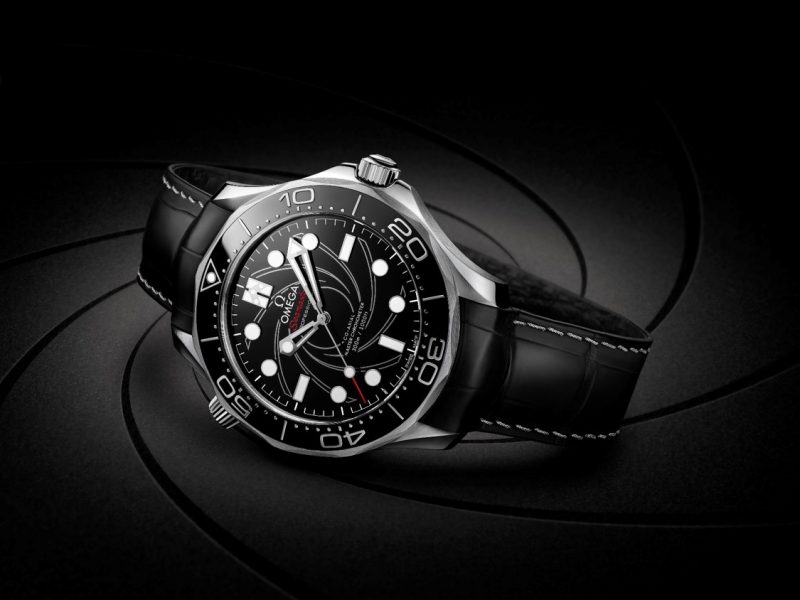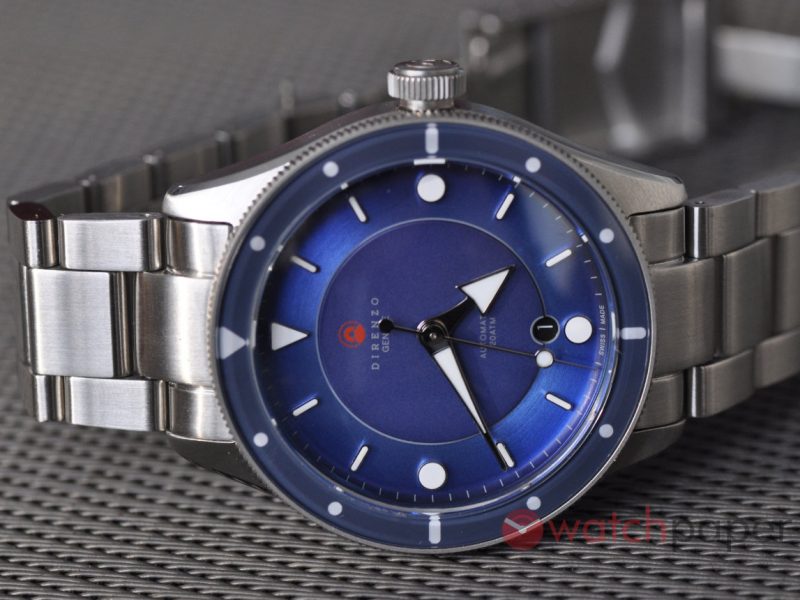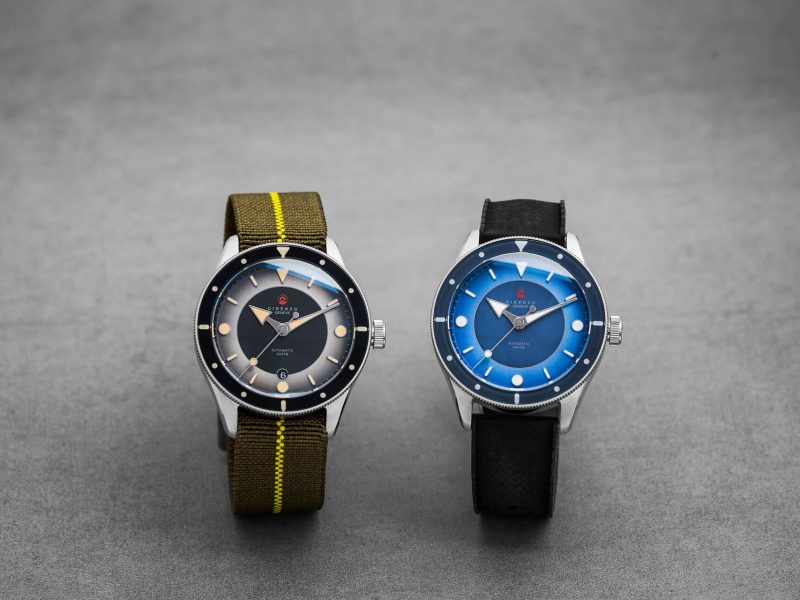Ten Years of OMEGA Co-Axial Escapements

Co-Axial escapement - © Omega
DRIVING THE REVOLUTION IN MECHANICAL WATCHES When OMEGA launched its Co-Axial calibre 2500 in 1999, the entire mechanical watch industry was put on notice. The Co-Axial Escapement in the calibre was the first practical new mechanical watch escapement to be launched in 250 years.
The operative word here is “practical”: in the decade following the launch of the first Co-Axial calibre, OMEGA introduced the state-of-the-industry escapements into every one of its watch lines. Before long, each new mechanical watch produced by OMEGA will be equipped with the technology which watch industry observers once predicted would be, at best, a niche product only suitable for expensive, limited run timepieces.
Master watchmaker George Daniels, who invented the Co-Axial Escapement, said of his masterpiece, “It is intended to sustain the public affection for the mechanical watch during the 21st century.” It is well on its way to doing so.
In simple terms, the escapement is the heart of the mechanical watch, as it maintains the oscillations of the balance, the watch’s regulating mechanism. George Daniels’ vision – the OMEGA Co-Axial Escapement – reduces the friction among the parts that transmit energy to the other components. The result is a reduced need for servicing for the movement and, above all, greater stability of the watch’s precision over time.
With the calibre 2500, refined by the introduction of OMEGA’s free sprung balance for maximum precision, the venerable watch company had signalled the greatest revolution in recent watchmaking history, reaching chronometric performance standards previously unimagined for series-production mechanical watches.
That was only the beginning.
Following the launch of the Co-Axial calibre in 1999, OMEGA continued to refine and improve the technology.
In 2005, the 3313 family of Co-Axial chronograph calibres was introduced but the most dramatic headlines would be created two years later.
In 2007, OMEGA launched the Co-Axial calibre 8500. This marked a dramatic step in the evolution of OMEGA’s Co-Axial philosophy. For the first time, the company built the entire movement around the Co-Axial Escapement and every one of its 202 parts was developed and produced in-house specifically for the new calibre. At the same time, the movement’s manufacturing processes was optimized for series-production readiness.
For OMEGA it was a return to its roots: the company had, in fact, been named for a serially-produced movement developed in-house in 1890 and the introduction of the Co-Axial calibre 8500 demonstrated boldly that OMEGA was back among the ranks of Swiss watch manufactures, companies which have designed and produced their own movements in-house.
The drama continued in 2008 with the launch of the Co-Axial calibre 8520/8521 designed especially for smaller watches. It was introduced in the new Aqua Terra Ladies’ Collection showing that the technology could function perfectly in watches with 30 mm cases.
The same year also saw the release of the Co-Axial calibre 8601/8611, a Co-Axial movement with an added instantaneous jump calendar complication which only needed to be set once a year, on the 1st of March.
The revolution which began at OMEGA ten years ago is continuing with the development of new Co-Axial calibres with added complications. In time, the company plans to equip every one of its new mechanical watches with OMEGA Co-Axial calibres.
The Swiss lever escapement, the mainstay of the mechanical watchmaking industry for nearly 250 years, will still have its devotees, particularly among OMEGA’s competitors. This is understandable as it is arguably the second-best watch escapement in the world.





